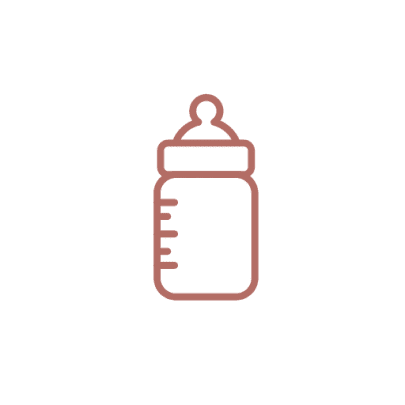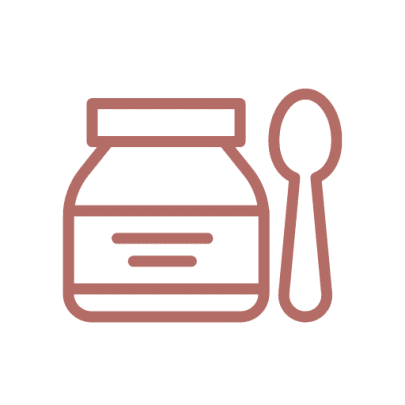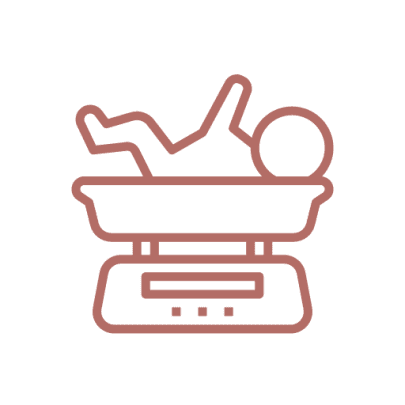What does expressing mean?
Expressing breastmilk is the act of squeezing milk from your breasts, either by hand or with a manual breast pump or electric breastpump. It is the only way, apart from breastfeeding itself, to release milk from your breasts. Once you extract the milk, you can store it in baby bottles or breast milk containers to feed to your baby at a later date.
Why should I express milk?
If you are going to be away from your baby (for either a few hours or a whole day), you may want to pump or manually express breast milk beforehand and store it. That way, your baby can still get the benefits of breastmilk even though someone else will be feeding him while you’re gone. Expressing breast milk is also a great way to relieve engorged breasts, and can increase milk supply. It also helps prolong breastfeeding by keeping your milk supply up if you’re temporarily unable to breastfeed because you’re taking medication that can be harmful to your baby, for example, or if you’re hospitalised for a short time and can’t breastfeed throughout the day.
How do I express milk?
There are two ways. If you only need to express breast milk every once in a while, for comfort or a rare bottle-feed, you may be able to get by with expressing by hand. This is the cheapest way to express breast milk because it requires no equipment, but it can be time-consuming and takes practice.
Wash your hands before you start. Then, place your thumb 4-5cm away from your nipple and your fingers below so they form a “C” around the areola, and squeeze your finger and thumb together, pushing your hand back against the chest wall, continuing this process in a circular motion around your areola. If your finger and thumb are too close to the nipple, the “squeeze” will hurt and be ineffective. Use a sterile, wide-rimmed breastmilk container or baby bottle to collect the milk.
Electric and manual breast pumps may be faster and more efficient to express breast milk.
To use an electric pump, you put a suction cup over your breast, turn the breast pump machine on, and let it do the work of extracting milk into an attached container.
Manual breast pumps also use a suction cup, but you extract the milk by using a squeeze mechanism or operating some other device rather than relying on a motor powered by electricity. On average it takes 15 to 45 minutes to pump both breasts. Good breast pumps try to mimic the sucking action of a baby, stimulating your let down reflex, and don’t cause pain.
Knowing which breast pump to buy depends on how often you plan to use one and how much time you can spare for expressing. If you work full-time and have to find time to use a breast pump during a busy day, you might want to choose to hire an ultrafast hospital-grade electric pump. But if you only need to express the odd feed occasionally so your partner can feed the baby when you’re out, a cheaper manual pump may be sufficient, and some women prefer them to electric pumps.
How do I store breast milk?
It is best to put breast milk in plastic feeding bottles with secure tops to seal in freshness. You can also use plastic bags made especially for storing milk. Remember to write the date on the bottle or bag before putting it in the refrigerator or freezer so you’ll know how fresh it is. Use fresh, refrigerated milk within three to five days, and keep it at the back of the fridge, away from the door, at a temperature of 4 degrees centigrade or lower.
Frozen milk lasts at week in the ice box of a fridge, and three to six months if kept in a freezer set no higher minus 18 degrees Centigrade (and then up to 12 hours, refrigerated, after thawing). The process of freezing destroys some of the antibodies in milk, so don’t freeze any that you plan to use within the time limits. But frozen breastmilk is still much healthier and offers more protection from disease than formula milk does.
To thaw frozen milk, place the bottle or bag in a bowl of warm water, run it under warm tap water, or defrost it in the refrigerator overnight.
Don’t use the microwave for defrosting or warming – it kills the nutrients in breast milk.
And don’t ever save partially drunk portions for later use – health professionals recommend throwing out any milk that’s left in the baby’s bottle.
Read more information on breastmilk storage.








